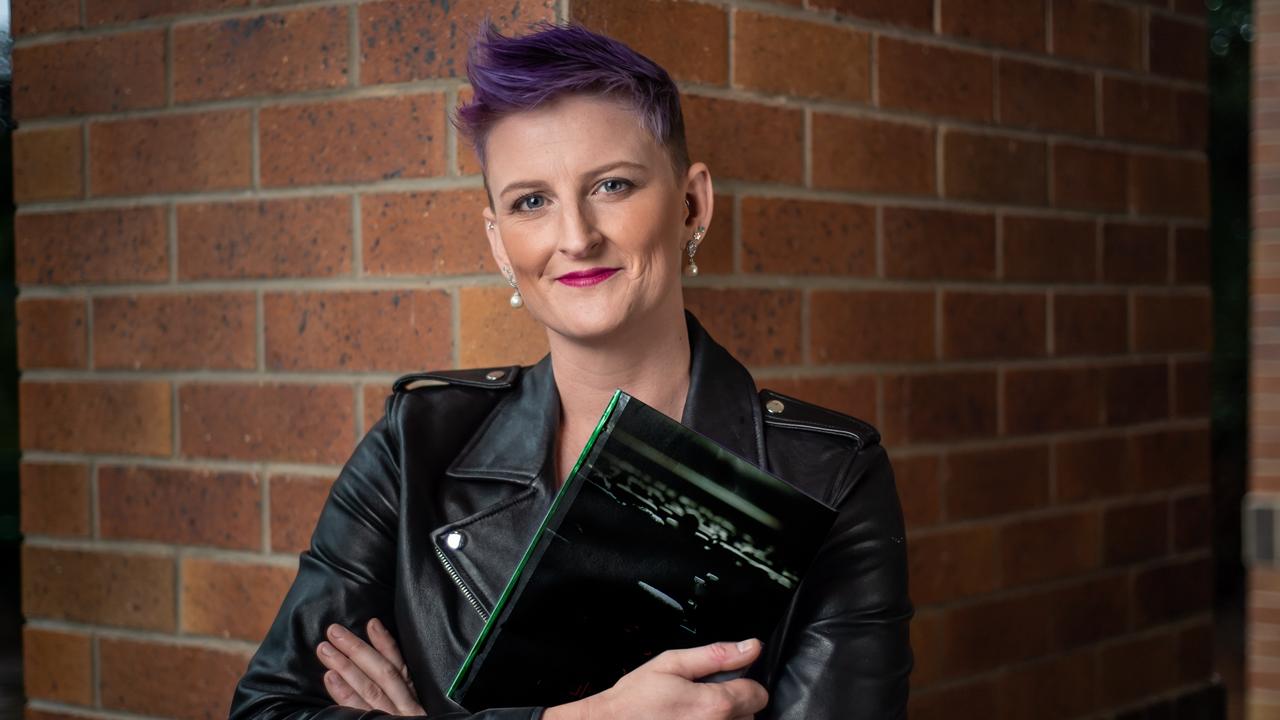USQ criminologist explains why young people post footage of their crimes online
Disturbing footage of assaults published on social media was widely condemned this week. But what prompts young people to post footage of their crimes online?

Police & Courts
Don't miss out on the headlines from Police & Courts. Followed categories will be added to My News.
Footage of disturbing assaults published on social media has been widely condemned by the Toowoomba community.
But what prompts people – especially young people – to post footage of their crimes on the internet?
University of Southern Queensland criminologist Dr Lauren Humby said there was a range of factors at play.
But while social media is a fairly recent invention, Dr Humby said the need to impress peers, feel acceptance and gain attention was an enduring human trait.
Dr Humby said gaining likes online was not dissimilar to making friends.
“A kid is not going to do something outrageous on their own,” Dr Humby said.
“Most often, they do it when they’ve got an audience, particularly an audience of peers.
“So if they think they’re going to get notoriety or acceptance or attention, the bigger the audience the better.
“And what’s a bigger audience than the whole world on social media?”
She said other factors influencing young people’s decision to post their crimes on social media included peer pressure, a desire to explore who they were and where they fitted in the world and simple errors in judgment.
“Research has shown so often that kids who are bullies are often victims and being bullied themselves,” she said.
She also pointed out that young people’s brains weren’t as developed as adults and so the idea of thinking things through to the consequences “isn’t something they necessarily do”.
“Young people are so impressionable, so if we keep identifying them as – you are a criminal, you are an offender, this is all your are – they start to see that in themselves.”
The disinhibiting aspect of the online world was also a factor, she said.
For parents, Dr Humby said it was important to have conversations with children about social media, how it could impact them in the short and long term and what they were consuming online.
“If you’ve got a child who’s seeing that behaviour and putting that person on a pedestal, you’ve got potential for copycat behaviour.”
Dr Humby said the most concerning aspect of the situation was how society responded to the events.
“These particular videos – yes, it’s sad, and you feel so much for the victims, but I mentioned earlier that so often bullies are victims,” she said.
“So it is important to see these young people and not to label them, not to name and shame … that really punitive, retributive approach just doesn’t work.”









